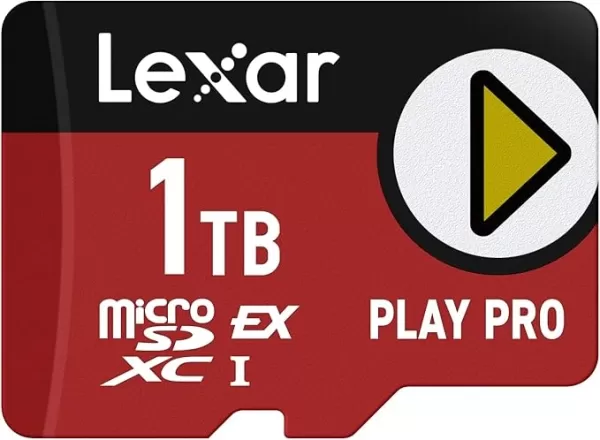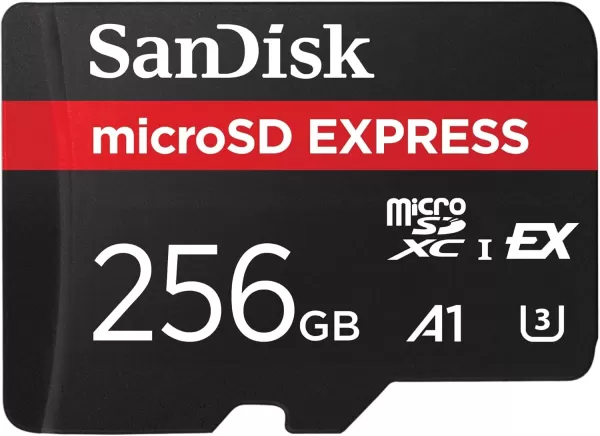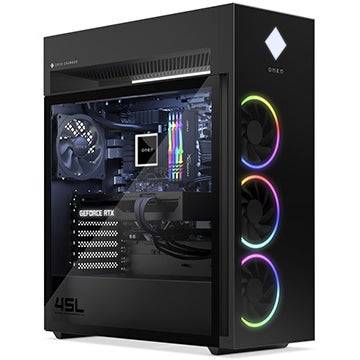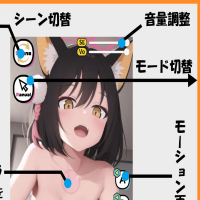Last week, Nintendo unveiled the highly anticipated Nintendo Switch 2, revealing that the console exclusively supports expansion via MicroSD Express cards. This decision may inconvenience users with existing MicroSD collections, but it's a strategic move due to the superior speed of MicroSD Express technology.
The integration of MicroSD Express cards enables read/write speeds comparable to the UFS (Universal Flash Storage) used in the Switch 2's internal storage. This advancement theoretically ensures that games stored on expansion cards load just as quickly as those on internal storage. However, this performance boost comes with the trade-off of incompatibility with less expensive, non-Express MicroSD cards.
MicroSD vs. MicroSD Express
Over the years, MicroSD cards have seen six different speed ratings, starting from the original 12.5MB/s, which now seems slow by modern standards. The evolution continued with advancements like SD High Speed at 25MB/s, culminating in SD UHS III (Ultra High Speed) at 312MB/s. Five years ago, the SD Association introduced the SD Express standard, significantly boosting performance.
The key advancement with SD Express is its use of a PCIe 3.1 interface, which is far superior to the slower UHS-I interface found in traditional MicroSD cards. PCIe is the same interface used by high-performance NVMe SSDs, allowing full-sized SD Express cards to achieve data transfer speeds up to 3,940MB/s. While MicroSD Express cards don't reach these top speeds, they still offer impressive performance, reaching up to 985MB/s, which is three times faster than the fastest non-Express MicroSD card.
Why Does the Switch 2 Require MicroSD Express?
Although Nintendo hasn't explicitly detailed their reasoning, the primary advantage of requiring MicroSD Express cards for the Switch 2 is their enhanced speed. A game installed on a MicroSD Express card will load significantly faster than one on a traditional UHS-I MicroSD card, thanks to the PCIe 3.1 interface. This could set a trend for future handheld gaming PCs as well.
The Switch 2's internal storage has been upgraded from eMMC to UFS, making it essential for expansion storage to match this speed to avoid bottlenecks. Early demos have indicated substantial improvements in load times, from a 35% increase when fast traveling, as noted by Polygon, to a threefold improvement in initial load times according to Digital Foundry. These enhancements could be attributed to the faster internal storage or the improved CPU and GPU, which can process data more efficiently. The point is that Nintendo needs its external storage to keep pace with internal speeds to support future games that demand faster disk performance.
Moreover, the adoption of MicroSD Express paves the way for even faster storage solutions in the future. The current fastest standard, SD 8.0 Specification, allows full-size SD Express cards to reach speeds up to 3,942MB/s. While MicroSD Express cards aren't there yet, future advancements could push their speeds closer to these levels, provided the Switch 2 supports them.
MicroSD Express Capacity Options
MicroSD Express cards have been slow to gain traction, but with the upcoming launch of the Nintendo Switch 2, this is expected to change. Currently, options are limited. For instance, Lexar offers a single MicroSD Express card in capacities of 256GB, 512GB, and 1TB, with the 1TB variant priced at $199.

SanDisk, meanwhile, lists only one MicroSD Express card on their site, topping out at 256GB, which matches the internal storage capacity of the Switch 2. As the Switch 2 hits the market, we might not see many MicroSD Express cards exceeding 512GB, but this is likely to change as more manufacturers like Samsung enter the fray with new offerings.
































